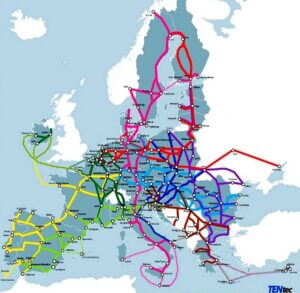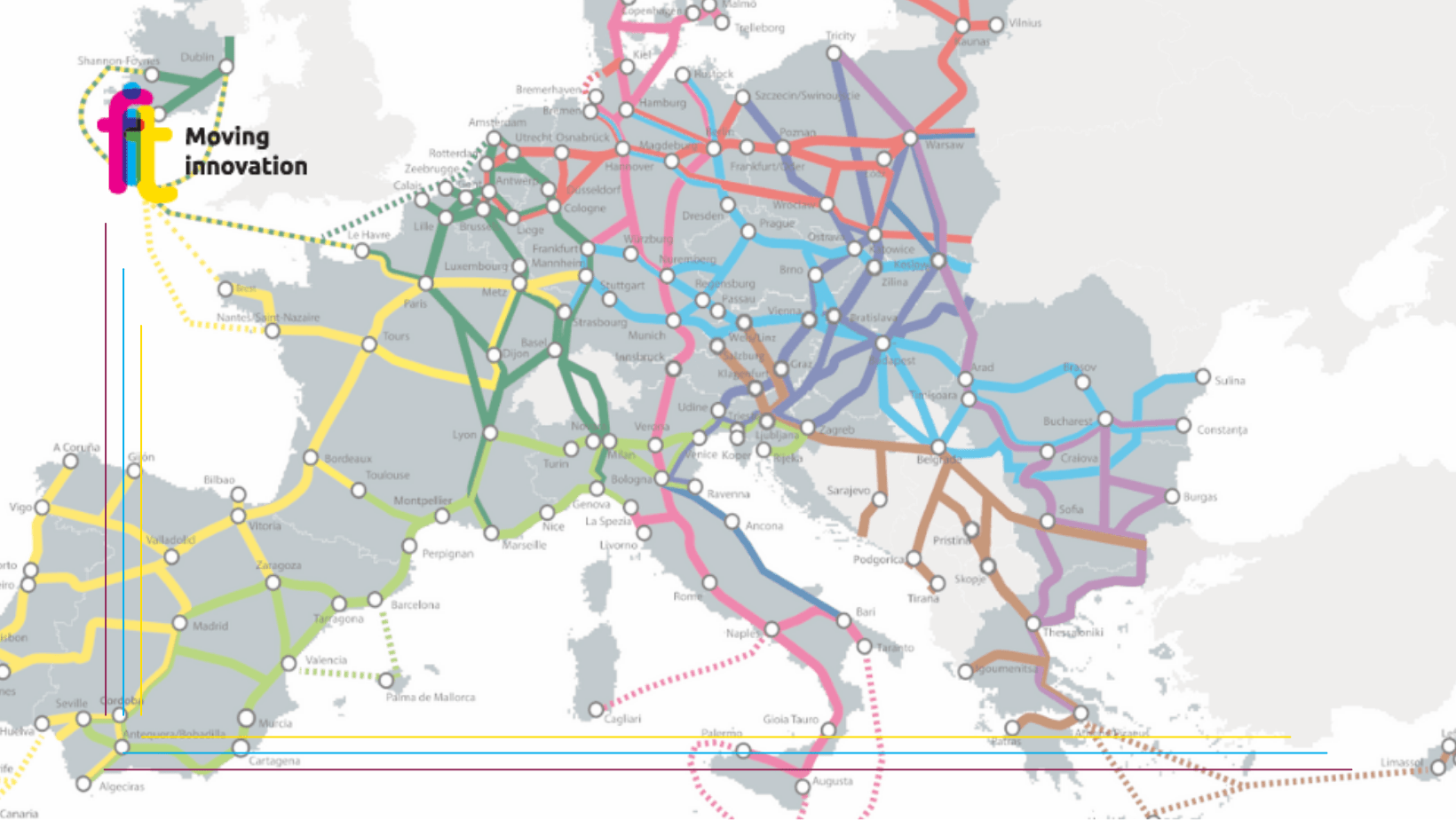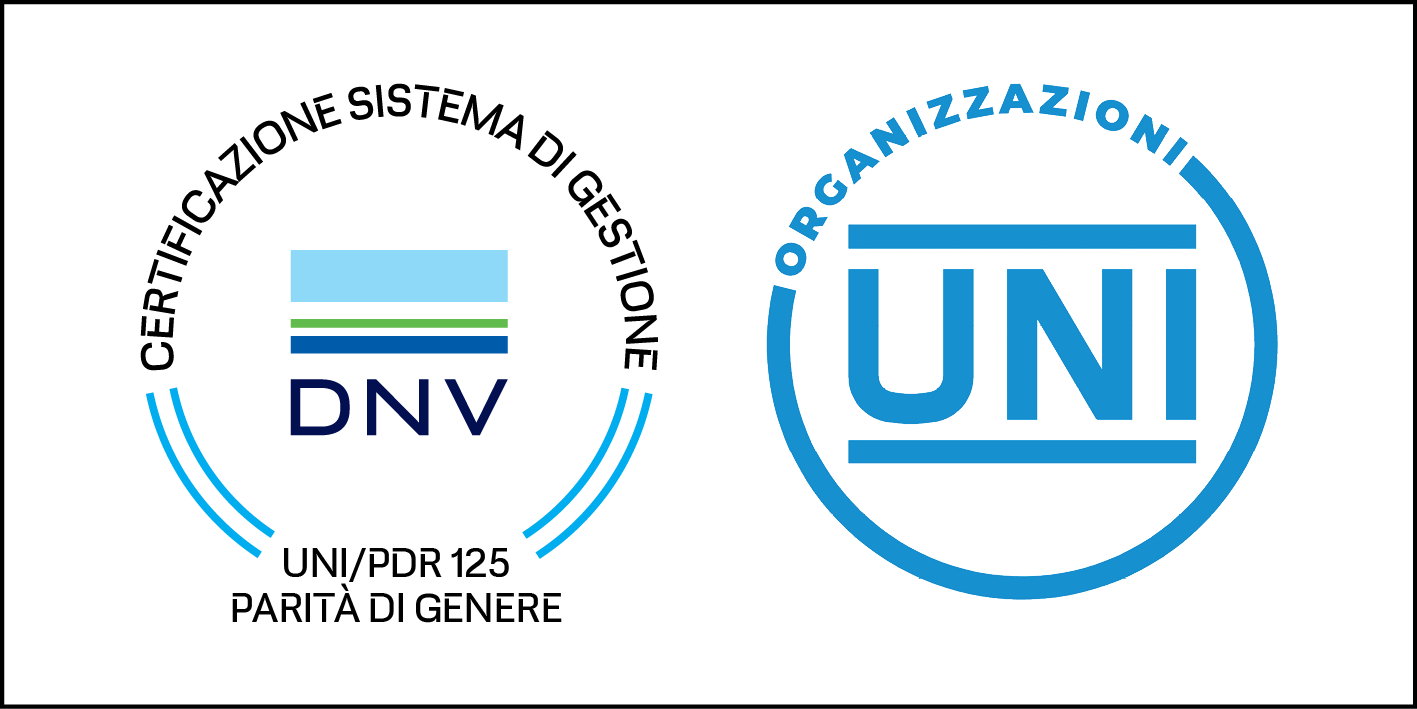The trans-European transport network will be more sustainable, resilient and interconnected. This is the result of the provisional agreement reached on 19 December 2023 between negotiators from the European Parliament and the European Council, which provides for a new  Regulation on the efficiency of the trans-European transport network. The ultimate goal, needless to say, is to encourage and incentivise the use of more sustainable forms of transport and to improve multimodality, thus building a reliable, seamless and high-quality transport network that ensures sustainable connectivity throughout Europe without physical disruptions, bottlenecks and missing links. To achieve the goal, the core network is therefore to be completed by 2030, while the extended core network will see its final completion no earlier than 2040. Instead, the aim is to complete the global network by 2050.
Regulation on the efficiency of the trans-European transport network. The ultimate goal, needless to say, is to encourage and incentivise the use of more sustainable forms of transport and to improve multimodality, thus building a reliable, seamless and high-quality transport network that ensures sustainable connectivity throughout Europe without physical disruptions, bottlenecks and missing links. To achieve the goal, the core network is therefore to be completed by 2030, while the extended core network will see its final completion no earlier than 2040. Instead, the aim is to complete the global network by 2050.
But that is not all. To streamline procedures and ensure that infrastructure planning meets real operational needs, integrating rail, road and waterways, the new regulation also creates nine European transport corridorswhich are of utmost strategic importance for the development of sustainable and multimodal freight and passenger transport flows in Europe.
The new regulation could not leave out the issue of safe and secure parking areas for hauliers (and others). Along the entire core road network and in the extended TEN-T network there should therefore be a rest area meeting these specific characteristics every 150 kilometres, at least.
In addition, another interesting novelty concerns sustainable urban mobility plans (SUMPs) to promote zero- and low-emission mobility. By 2027 all the 424 large cities along the TEN-T network will therefore have to develop a plan that includes objectives, targets and indicators underlying the current and future performance of the urban transport system. In addition, the co-legislators maintained the obligation to have at least a multimodal freight terminal per urban node by 31 December 2040, if economically viable.
Following the provisional agreement reached last December, work on the revised regulation will continue at the technical level. Once finalised, the Presidency intends to forward the text to the representatives of the Member States (Coreper) for approval. The legislative act will therefore have to undergo meticulous fine-tuning by lawyer-linguists before it is formally adopted by the co-legislators and enters into force.
For more information, please refer to the dedicated page of the European Council:https://www.consilium.europa.eu/it/press/press-releases/2023/12/18/trans-european-transport-network-ten-t-council-and-parliament-strike-a-deal-to-ensure-sustainable-connectivity-in-europe/
Source: Men and Transport









